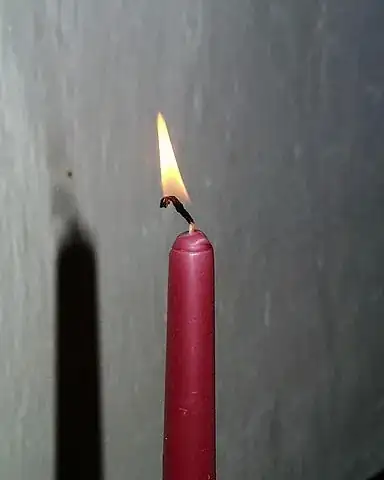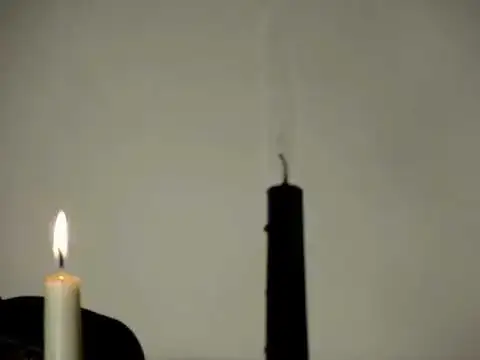I have read about a strange fact that fire has no shadow. I am wondering why. Is it because of the fact that the constituent particles of fire have tremendous amount of speeds ?
-
8Fun experiment: Put enough sodium into a flame to color it, then shine a sodium lamp on it. The flame will cast a shadow. – ACuriousMind Dec 02 '17 at 16:41
-
1Neither I have sodium, nor I have sodium lamp to perform the experiment. $ \Huge{\ddot \smile}$ – Dec 02 '17 at 16:57
-
@TapashBhagabati but you do have mad MathJax skills!... – Floris Dec 02 '17 at 17:53
-
1and maybe youtube skills: https://www.youtube.com/watch?v=Xnk6RoaOKM4 – JEB Dec 02 '17 at 19:27
5 Answers
A shadow is cast by an object that absorbs incident radiation (or scatters it, or otherwise prevents it from continuing in a straight line)..
A flame is a plasma - gas that is so hot that it partially dissociated. The recombination of electrons and ions can cause emission of light. Some flames (especially the yellow ones) also contain small particles (e.g. soot) that get so hot that they glow. This gives rise to "black body radiation" across a wide ranges of wavelengths - some visible, some invisible (mostly infrared).
However, in all cases the flame has a very low density - it is mostly still a gas and nearly transparent. This means that a light beam aimed at a flame will mostly go right through (although some wavelengths may be more strongly absorbed by the ionized species).
However, if you look at the "shadow" of a flame cast at a distance, you will definitely "something". This is because the hot flame has lower density than the surrounding air; this means that it has a lower refractive index, and that it bends light slightly away. Thus, the shadow of a point source of light at a long distance from a small flame (like a candle) will actually show a dark region around the flame. This is due to refraction, not absorption.
I found a picture https://i.ytimg.com/vi/-M1-sXILqyo/hqdefault.jpg (which itself came from this Youtube video) that shows that a candle does cast a "shadow".
But if you look closely you can see the bright edge of the "shadow": this demonstrates that the light was not simply absorbed, but was pushed to the side where it bunched up a bit, causing the bright edge. There is also a faint dark region right above the wick: this may well be due to incompletely burnt wax (soit particles) absorbing a small fraction of the light.
- 118,905
-
-
2My second day in stack exchange (created account before but I was not active) and I'm falling in love with this site. – Dec 03 '17 at 01:38
A shadow is basically the absence of light. Fire doesn't have a shadow cause fire is itself a source of light, so the wall or obstacle you'd be expecting it's shadow to fall on, would instead be covered by the light from the fire. Hence, fire has no shadow.
- 161
- 6
I would say fire will not have a shadow only in the situations where it is the only source of light. If there is another (maybe brighter) source of light, fire will have a (partial) shadow. You may look at

- 53,248
- 20
- 131
- 253
- 26,888
- 2
- 27
- 65
-
I see. What you want to say is that the particles of fire does cast shadows. But the shadow is not sharp as they emit their own light. Am I right ? – Dec 02 '17 at 17:37
-
@TapashBhagabati : This is not the only reason of the fire's shadow being only partial. Another reason is that fire is often partially transparent. – akhmeteli Dec 02 '17 at 17:42
-
@AccidentalFourierTransform : I don't have problems with that. Don't know though what the owner of the image thinks about that:-) – akhmeteli Dec 02 '17 at 18:00
-
1@AccidentalFourierTransform : although it looks like the source allows copying. – akhmeteli Dec 02 '17 at 18:03
The fact that a fire has no shadow isn't technically true. The flame from a fire would contain soot particles which would scatter light hence creating a shadow. The problem is that the shadow would be very very faint given the light from the fire. So the shadow would be so faint as to be undetectable by the human eye, but it is there.
- 875
Although it is difficult to see what is behind a flame, flames are quite transparent. You can check this with a laser beam.
